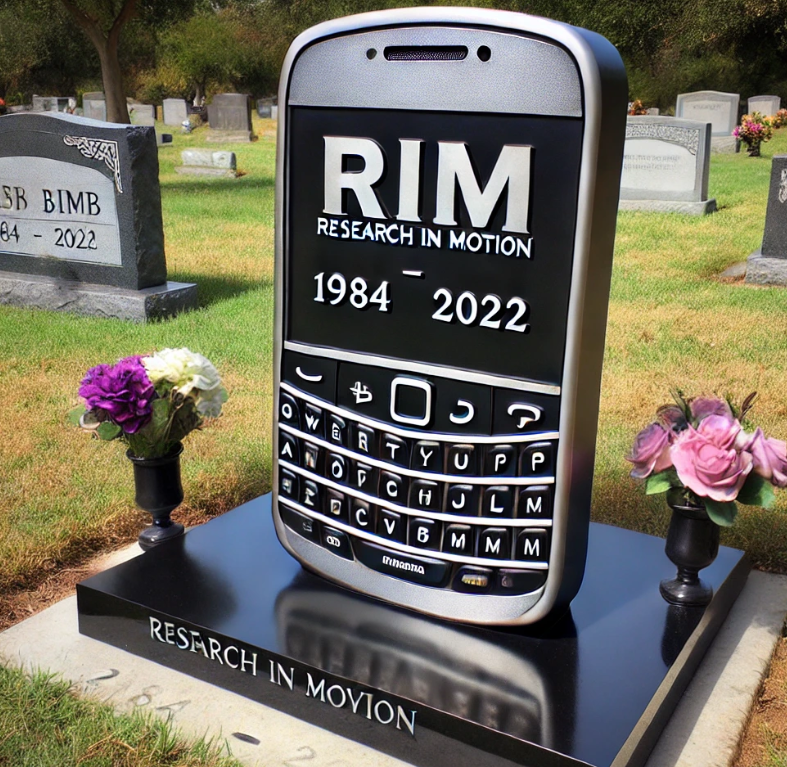Realizing that you’ve been misled by mainstream media narratives—whether through centralized corporate influences like Sinclair Broadcast Group or emotionally charged anti-Trump rhetoric—can be a devastating blow. The added weight of having unwittingly spread these distortions to loved ones, family, and friends can amplify feelings of guilt, betrayal, and disorientation, as if you’ve been an agent in a chorus leading toward potential self-destruction. When your perceived reality hits rock bottom, the path to recovery involves confronting the emotional fallout, rebuilding your understanding of the world, and forging new connections that support awareness and growth. This article explores practical steps to cope with this reality, reconstruct your perception, and hedge against future misinformation through diverse, intentional relationships.
Confronting the Emotional Fallout
The first step in coping with the realization of being misled is addressing the emotional toll. Feelings of shame, anger, or betrayal—toward yourself, the media, or even loved ones who may have perpetuated the same narratives—can be overwhelming. A 2020 study on the psychological impact of misinformation found that individuals who discover they’ve been deceived often experience a loss of trust in institutions and themselves, leading to anxiety and social withdrawal.
- Acknowledge Your Emotions: Allow yourself to feel the anger or guilt without judgment. Journaling can help process these emotions, as writing about your experience creates a space to reflect on how media narratives, such as those amplified by Sinclair’s “must-run” segments or liberal outlets’ anti-Trump framing, shaped your beliefs.
- Seek Support: Share your feelings with a trusted friend or therapist who can provide a non-judgmental ear. A 2019 study on emotional resilience emphasized the role of social support in mitigating the psychological impact of betrayal or disillusionment.
- Forgive Yourself: Recognize that being misled is not a personal failing but a consequence of systemic media dynamics. The centralized control of narratives, as seen with Sinclair’s reach over 40% of U.S. households, is designed to exploit emotional triggers, making it difficult to discern truth from distortion.
Rebuilding Your Perceived Reality
Once you’ve begun to process the emotional fallout, the next step is reconstructing your understanding of reality. This involves dismantling the distorted lens created by media-driven social psychosis and replacing it with a more grounded, critical perspective.
- Pause and Reflect: Take a break from media consumption to reset your mental framework. A 2021 study on digital detoxing found that a 7-day break from social media and news reduced anxiety and improved critical thinking, allowing individuals to re-evaluate their beliefs without constant input.
- Seek Primary Sources: Rebuild your reality by engaging directly with raw data or firsthand accounts. For example, instead of relying on Sinclair-influenced local news or national outlets’ narratives about political figures like Trump, read public records, court documents, or unfiltered speeches to form your own conclusions.
- Cultivate Media Literacy: Learn to identify bias and manipulation in media. The News Literacy Project offers resources to spot techniques like sensationalism or selective framing, which were prevalent in both pro- and anti-Trump narratives. A 2022 study found that media literacy training increased individuals’ ability to discern credible information by 30%.
- Embrace Uncertainty: Accept that not all truths are immediately clear. The polarized media landscape, driven by corporate agendas, thrives on binary narratives. Adopting a mindset of intellectual humility—acknowledging what you don’t know—can help you rebuild a more nuanced reality, as supported by research on cognitive flexibility.
Hedging with Diverse Connections and Awareness
Rebuilding reality also involves surrounding yourself with connections that foster awareness and growth, while hedging against future misinformation. This means curating relationships and communities that vary in their rate of awareness and regrowth potential, ensuring you’re not trapped in another echo chamber.
- Connect with Diverse Perspectives: Seek out individuals and groups with differing viewpoints but a shared commitment to critical thinking. For instance, joining a local discussion group or online forum that encourages civil discourse—like those on platforms such as Reddit’s r/changemyview—can expose you to balanced perspectives. A 2020 study on intergroup contact found that engaging with diverse groups reduced affective polarization by 15%, helping you avoid the tribalism fueled by media narratives.
- Prioritize High-Awareness Relationships: Build ties with people who demonstrate media literacy and skepticism toward centralized narratives. These might include friends who question both Sinclair’s conservative slant and liberal outlets’ sanctimonious framing, or mentors who model critical thinking. Such relationships provide a support network for regrowth, as they encourage questioning over blind acceptance.
- Engage in Community Learning: Participate in collective efforts to raise awareness, such as community workshops on media literacy or misinformation. Organizations like the Center for Media Literacy offer programs that teach how to navigate corporate-controlled media landscapes, fostering a shared journey toward regrowth. A 2023 study showed that community-based learning increased participants’ resilience to misinformation by 25%.
- Balance Connection Rates: Not everyone in your life will be at the same stage of awareness. Hedge by maintaining a mix of relationships—some with high-awareness individuals who challenge you, others with those still navigating their own disillusionment. This balance ensures you’re supported while also helping others grow, creating a ripple effect of awareness.
Moving Forward: A Path to Regrowth
The journey from rock bottom to regrowth is not linear, but it’s a necessary one to break free from the cycle of misinformation and division. By confronting your emotions, rebuilding your reality through critical engagement, and hedging with diverse, awareness-focused connections, you can transform the pain of being misled into an opportunity for growth. This process also empowers you to mend relationships with loved ones, acknowledging shared vulnerabilities to media manipulation and fostering mutual understanding.
Ultimately, the centralized media machine—whether through Sinclair’s control or liberal outlets’ emotional narratives—thrives on social psychosis, but you have the power to resist. By cultivating a reality grounded in critical thinking and diverse connections, you not only rebuild your own perception but also become a beacon for others, helping to heal the divisions that once threatened self-destruction.
![]()





